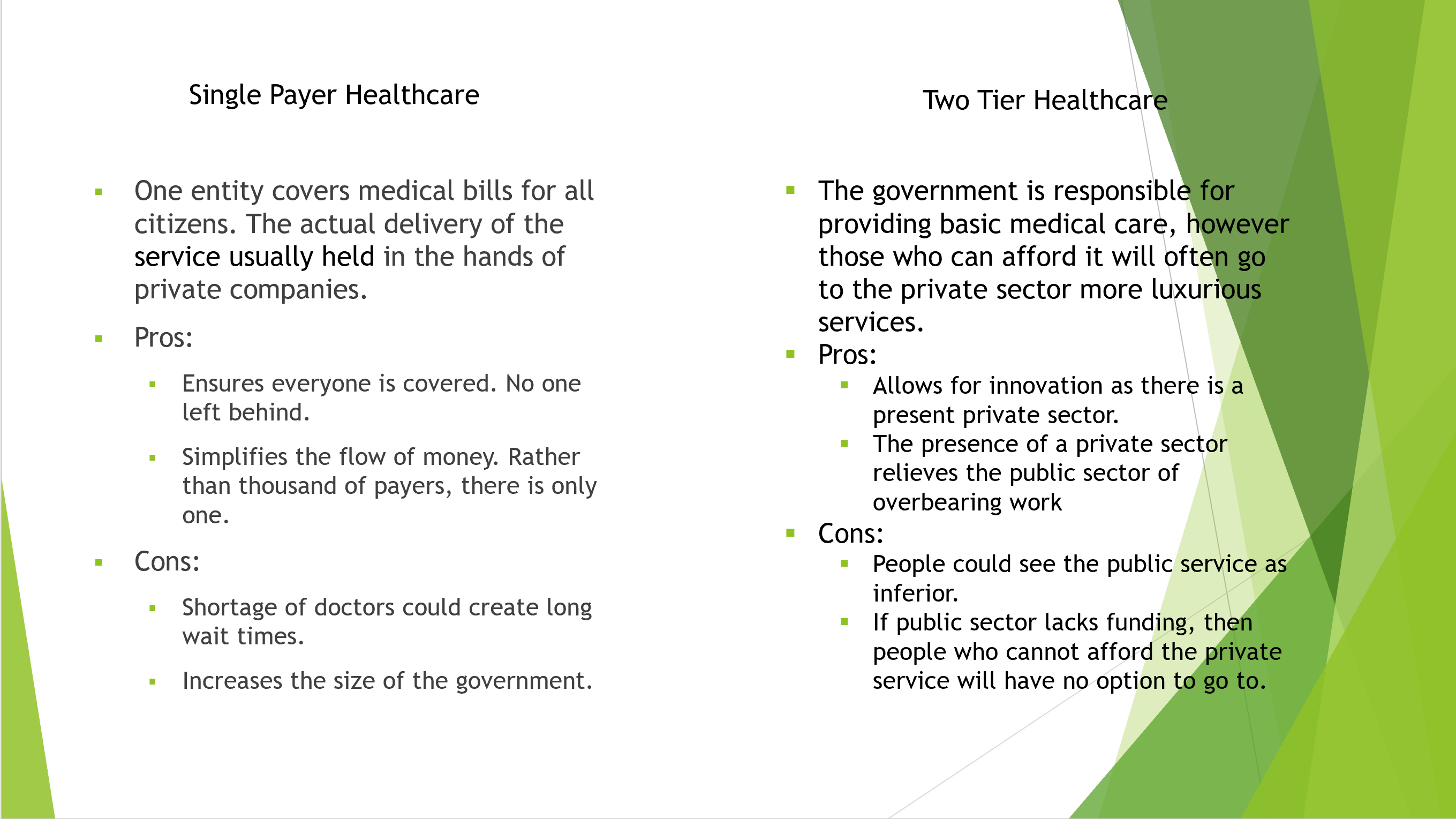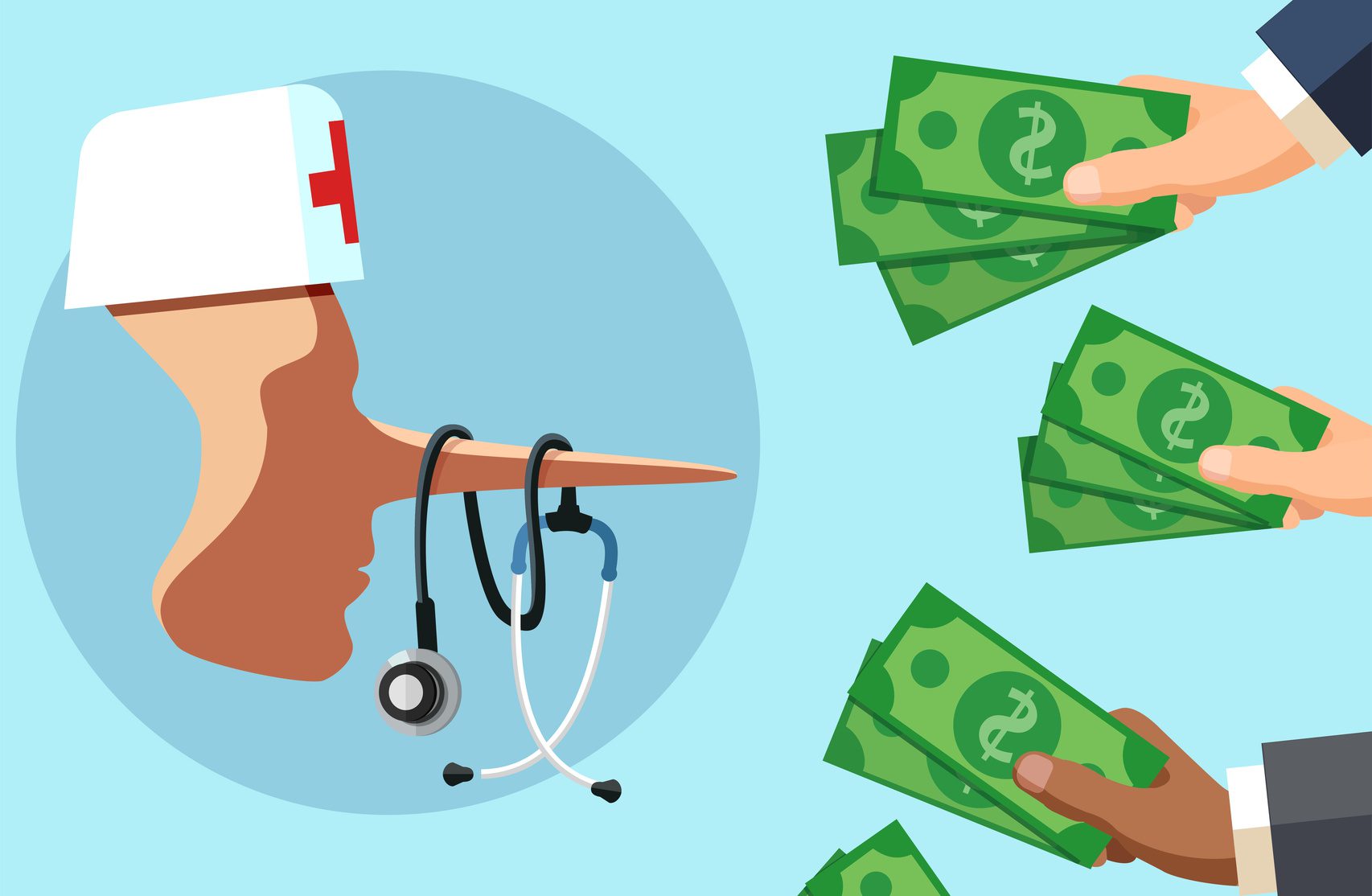An approximated 155 million persons under the age 65 were covered under health insurance prepares supplied by their companies in 2016. The Congressional Spending Plan Office (CBO) approximated that the health insurance coverage premium for single protection would be $6,400 and family coverage would be $15,500 in 2016. The yearly rate of increase in premiums has actually typically slowed after 2000, as part of the pattern of lower yearly health care expense increases.
This aid encourages people to buy more extensive coverage (which puts upward pressure usually premiums), while likewise motivating more young, healthy individuals to enlist (which places downward pressure on premium costs). CBO approximates the net result is to increase premiums 10-15% over an un-subsidized level. The Kaiser Family Structure estimated that family insurance coverage premiums balanced $18,142 in 2016, up 3% from 2015, with workers paying $5,277 towards that cost and companies covering the rest.
The President's Council of Economic Advisors (CEA) described how annual cost boosts have actually fallen in the company market considering that 2000. Premiums for family protection grew 5.6% from 2000-2010, however 3.1% from 2010-2016. The overall premium plus estimated out-of-pocket costs (i.e., deductibles and co-payments) increased 5.1% from 2000-2010 however 2.4% from 2010-2016.

The law is developed to pay aids in the type of superior tax credits to the individuals or families buying the insurance coverage, based on income levels. Greater income consumers receive lower aids. While pre-subsidy rates rose significantly from 2016 to 2017, so did the aids, to decrease the after-subsidy cost to the customer. a health care professional is caring for a patient who is taking zolpidem.
However, some or all of these expenses are offset by aids, paid as tax credits. For example, the Kaiser Foundation reported that for the second-lowest expense "Silver strategy" (a plan typically chosen and used as the standard for determining financial support), a 40-year old non-smoker making $30,000 annually would pay effectively the exact same quantity in 2017 as they performed in 2016 (about $208/month) after the subsidy/tax credit, in spite of big increases in the pre-subsidy price.
The Basic Principles Of Why Did Democrats Block Veterans Health Care Bill
To put it simply, the subsidies increased along with the pre-subsidy rate, totally offsetting the cost boosts. This exceptional tax credit aid is different from the expense sharing decreases aid terminated in 2017 by President Donald Trump, an action which raised premiums in the ACA markets by an estimated 20 percentage points above what otherwise would have occurred, for the 2018 strategy year.
In addition, numerous employees are picking to combine a health savings account with higher deductible strategies, making the impact of the ACA difficult to identify exactly. For those who obtain their insurance through their company (" group market"), a 2016 survey found that: Deductibles grew by 63% from 2011 to 2016, while premiums increased 19% and worker profits grew by 11%.
For companies with less than 200 staff members, the deductible averaged $2,069. The percentage of workers with a deductible of a minimum of $1,000 grew from 10% in 2006 to 51% in 2016. The 2016 figure drops to 38% after taking employer contributions into account. For the "non-group" market, of which two-thirds are covered by the ACA exchanges, a survey of 2015 data found that: 49% had private deductibles of at least $1,500 ($ 3,000 for family), up from 36% in 2014.
While about 75% of enrollees were "extremely satisfied" or "rather pleased" with their option of physicians and hospitals, just 50% had such complete satisfaction with their yearly deductible. While 52% of those covered by the ACA exchanges felt "well protected" by their insurance coverage, in the group market 63% felt that method.

prescription drug spending in 2015 was $1,162 per individual typically, versus $807 for Canada, $766 for Germany, $668 for France, and $497 for the UK. The reasons for greater U.S. healthcare costs relative to other nations and over time are debated by specialists. Bar chart comparing healthcare costs as percentage of GDP throughout OECD nations Chart showing life span at birth and healthcare spending per capita for OECD countries since 2013.
The 25-Second Trick For Why Is Health Care So Expensive
is an outlier, with much greater spending but below par life span. U.S. healthcare costs in 2015 were 16.9% GDP according to the OECD, over 5% GDP greater than the next most costly OECD nation. With U.S. GDP of $19 trillion, healthcare expenses had to do with $3.2 trillion, or about $10,000 per person in a country of 320 million people.
Simply put, the U.S. would have to cut healthcare costs by approximately one-third ($ 1 trillion or $3,000 per person on average) to be competitive with the next most expensive nation. Healthcare costs in the U.S. was distributed as follows in 2014: Healthcare facility care 32%; doctor and scientific Addiction Treatment Facility services 20%; prescription drugs 10%; and all other, consisting of many categories separately comprising less than 5% of costs.
Crucial differences consist of: Administrative costs. About 25% of U.S. healthcare costs relate to administrative costs (e.g., billing and payment, instead of direct arrangement of services, products and medicine) versus 10-15% in other nations. For instance, Duke University Health center had 900 healthcare facility beds but 1,300 billing clerks. Assuming $3.2 trillion is invested on health care each year, a 10% cost savings would be $320 billion each year and a 15% savings would be nearly $500 billion per year.
A 2009 research study from Cost Waterhouse Coopers estimated $210 billion in cost savings from unnecessary billing and administrative expenses, a figure that would be considerably greater in 2015 dollars. Expense variation across health center regions. Harvard economist David Cutler reported in 2013 that approximately 33% of healthcare costs, or about $1 trillion annually, is not related to enhanced results.
In 2012, average Medicare reimbursements per enrollee varied from a changed (for health status, income, and ethnicity) $6,724 in the most affordable spending region to $13,596 in the highest. The U.S. spends more than other countries for the exact same things. Drugs are more pricey, doctors are paid more, and suppliers charge more for medical devices than other nations.
8 Easy Facts About Which Of The Following Is True About Health Care In Texas? Described
spending on physicians per individual is about 5 times higher than peer countries, $1,600 versus $310, as much as 37% of the space with other countries. This was driven by a greater use of professional doctors, who charge 3-6 times more in the U.S. than in peer countries. Greater level of per-capita income, which is associated with higher healthcare costs in the U.S.
Hixon reported a study by Princeton Teacher Uwe Reinhardt that concluded about $1,200 per person (in 2008 dollars) or about a 3rd of the space with peer nations in health care spending was because of greater levels of per-capita earnings. Greater earnings per-capita is associated with utilizing more units of health care.
The U.S. takes in 3 times as many mammograms, 2.5 x the number of MRI scans, and 31% more C-sections per-capita than peer nations. This is a mix of higher per-capita income and greater use of experts, to name a few factors. The U.S. federal government steps in less actively to require down rates in the United States than in other nations.